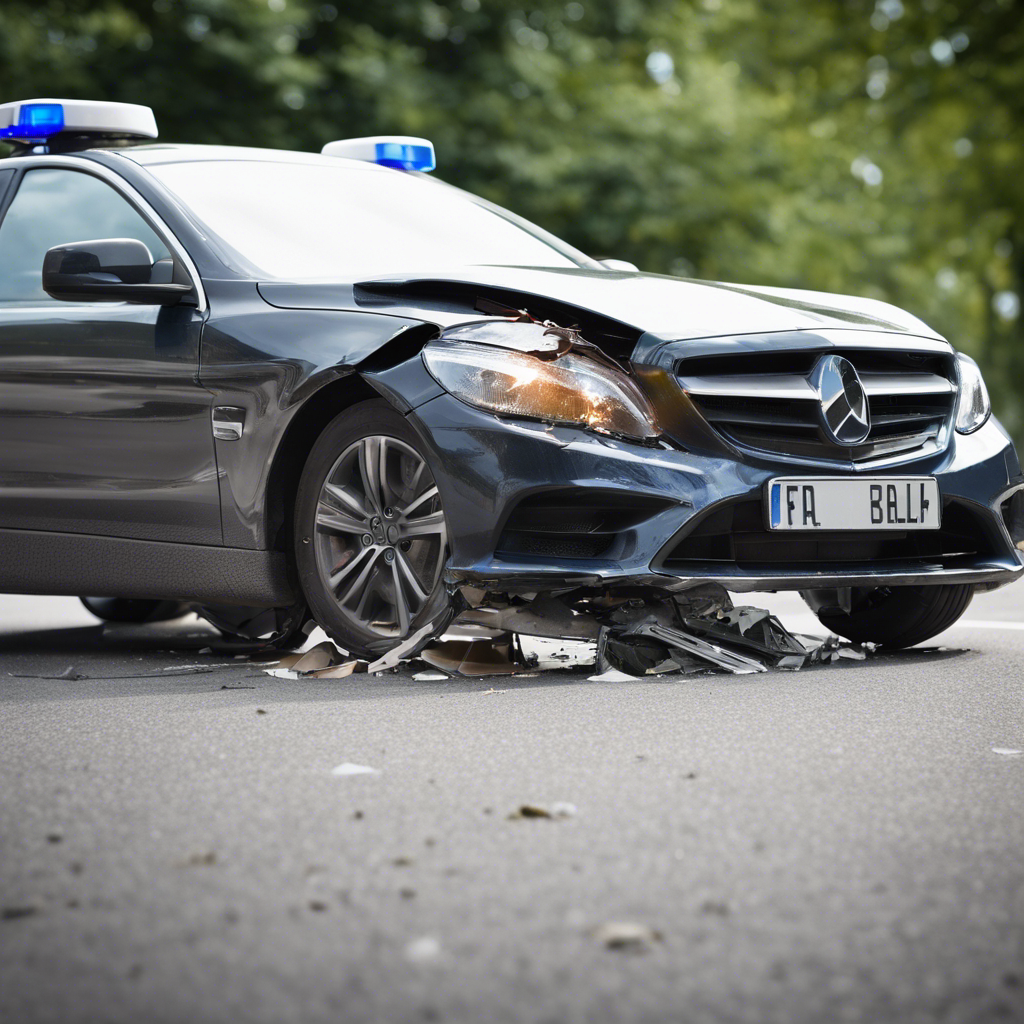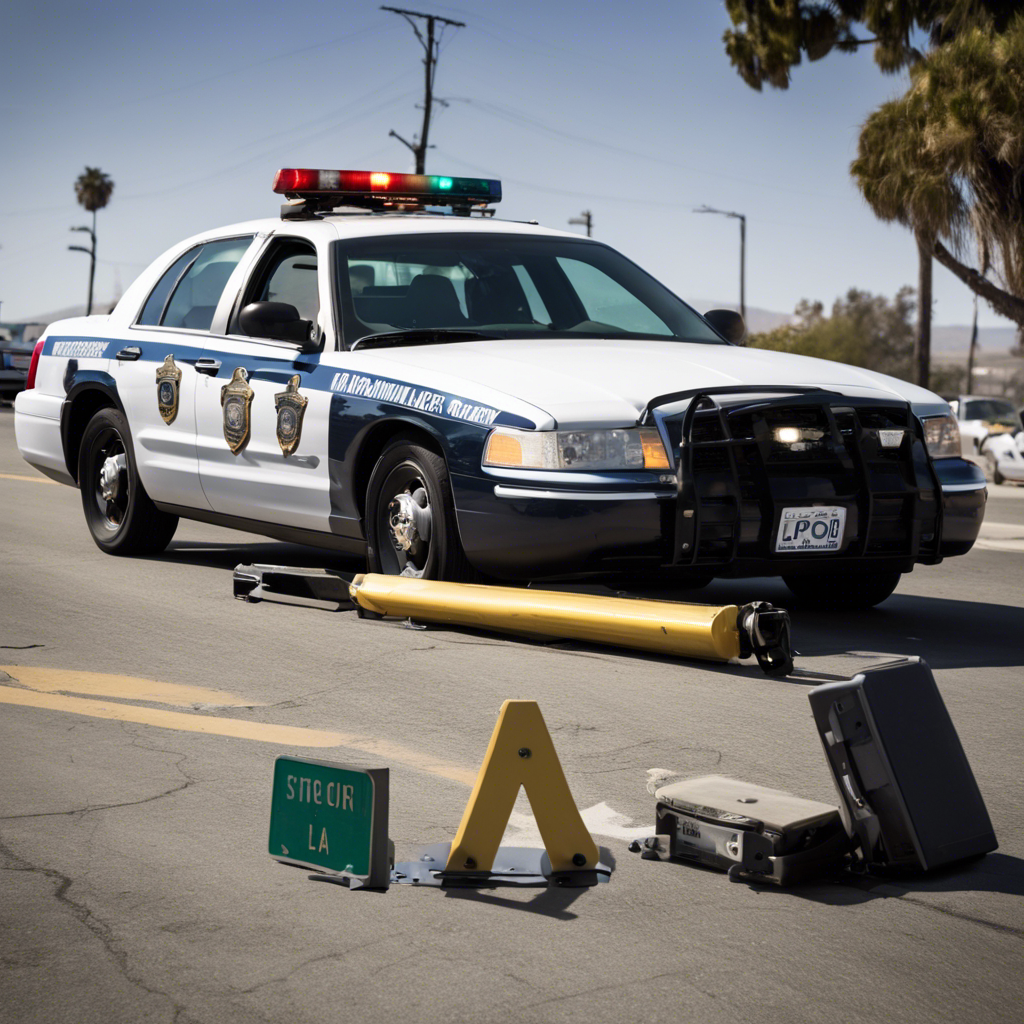Police Use 3D-Scanning Technology to Investigate Deadly High-Speed Crash

Niagara Falls authorities employ advanced tools to recreate the scene and determine the cause of a tragic accident
In a bid to unravel the mystery behind a fatal high-speed crash that occurred at a Niagara Falls border checkpoint, police are turning to cutting-edge 3D-scanning technology. The incident, which caused panic and led to the temporary closure of several border crossings, claimed the lives of Kurt and Monica Villani, a married couple in their 50s. With the help of 3D-scanning technology, investigators aim to digitally recreate the scene and gain a comprehensive understanding of the crash. However, the process is expected to be a meticulous and time-consuming endeavor, according to Niagara Falls Police Department Chief John Faso.
A Monumental Task Lies Ahead
Chief Faso, who is overseeing the investigation, emphasized the enormity of the task at hand. The 3D-scanning technology allows investigators to scan the crash scene and generate a detailed 3D image of the entire area. This digital recreation will serve as a crucial tool in piecing together the events leading up to the crash. However, Faso cautions that obtaining an accurate view of the crash using this new technology will require significant effort and time.
Unraveling the Cause
As investigators delve into the case, one critical piece of evidence that will be examined is the car’s Event Data Recorder. Similar to an aircraft’s “black box,” this device records various parameters related to the vehicle’s operation. Automotive analyst Lauren Fix explains that the Event Data Recorder can provide valuable information about steering input, accelerator usage, and other factors that can shed light on the cause of the crash. By analyzing this data, investigators hope to determine if the crash was a result of a mechanical malfunction or if other factors were at play.
The Role of 3D-Scanning Technology
The utilization of 3D-scanning technology marks a significant advancement in crash investigations. By creating a detailed digital replica of the crash scene, investigators can examine various angles, distances, and measurements. This technology allows them to virtually revisit the scene and explore potential factors that may have contributed to the crash. With the ability to analyze the 3D image, investigators can identify crucial details that may have been overlooked initially, aiding in their quest to establish the cause of the tragedy.
Heightened State of Alert
The high-speed crash initially sparked panic and heightened security measures, as authorities were concerned about the possibility of an explosive device or a terrorism-related incident. However, the FBI swiftly confirmed that there was no explosive material or terrorism nexus involved in the crash. With this clarification, the focus shifted to conducting a thorough traffic investigation to determine the cause of the accident.
The Search for Answers
The investigation into the crash will require a multidisciplinary approach, combining expertise from various fields, including accident reconstruction, automotive engineering, and forensic analysis. The 3D-scanning technology will serve as a vital tool in this process, providing investigators with a comprehensive view of the crash scene. By meticulously analyzing the data from the Event Data Recorder and other available evidence, authorities hope to uncover the truth behind this tragic incident.
Conclusion:
As authorities in Niagara Falls grapple with the aftermath of a deadly high-speed crash, they are turning to innovative 3D-scanning technology to aid their investigation. The use of this advanced tool will enable investigators to digitally recreate the crash scene, providing them with a comprehensive understanding of the events leading up to the tragedy. By analyzing data from the car’s Event Data Recorder and employing other forensic techniques, authorities aim to determine the cause of the crash and bring closure to the grieving families. While the investigation is expected to be a complex and time-consuming process, the utilization of 3D-scanning technology represents a significant step forward in the realm of crash investigations, offering new avenues for uncovering the truth in such cases.










